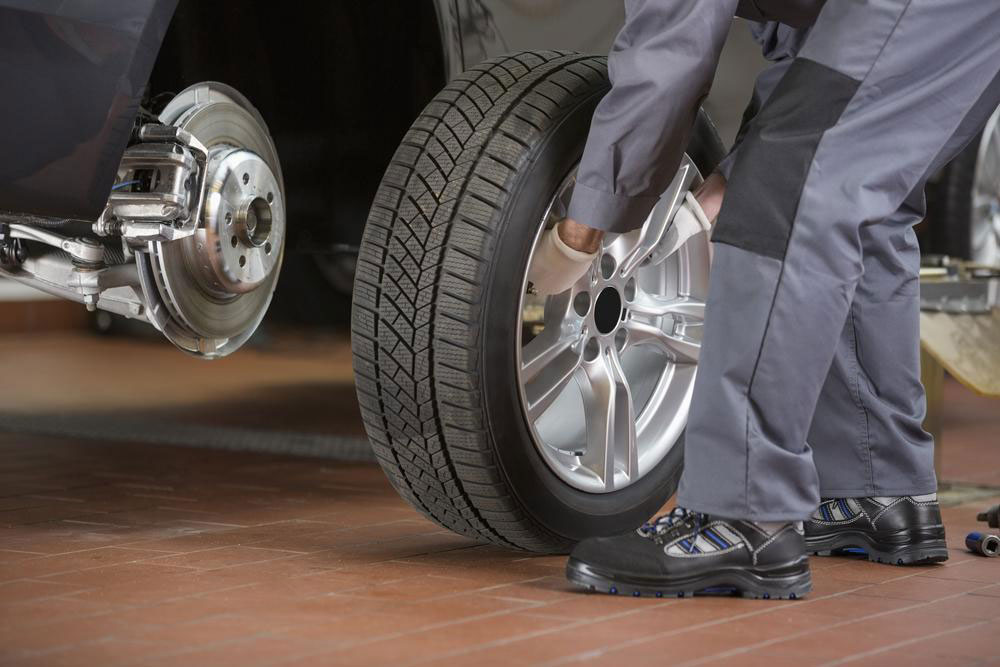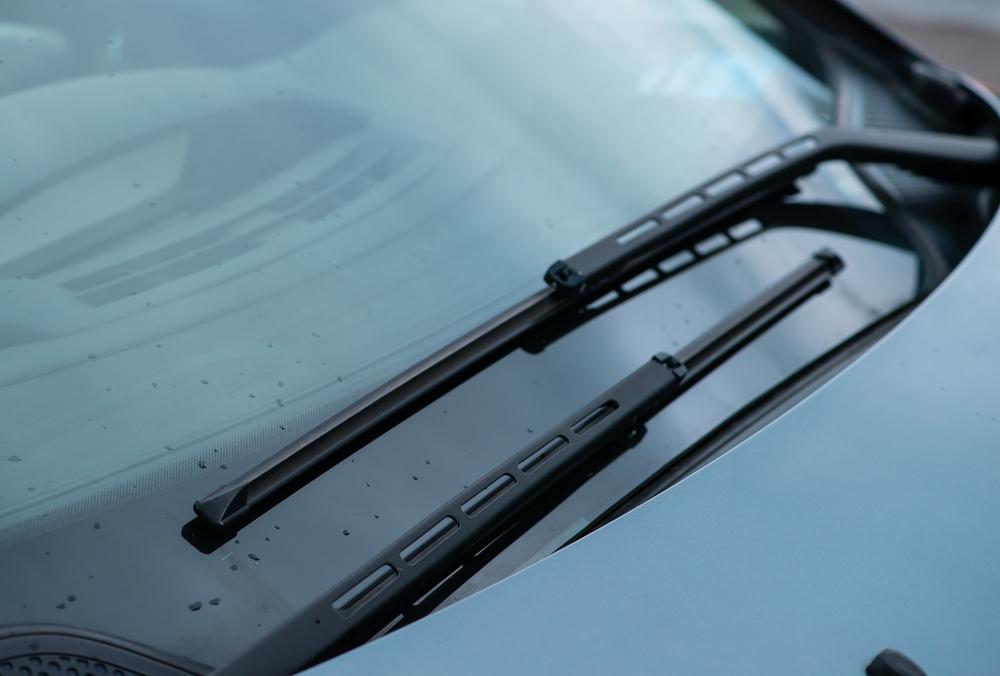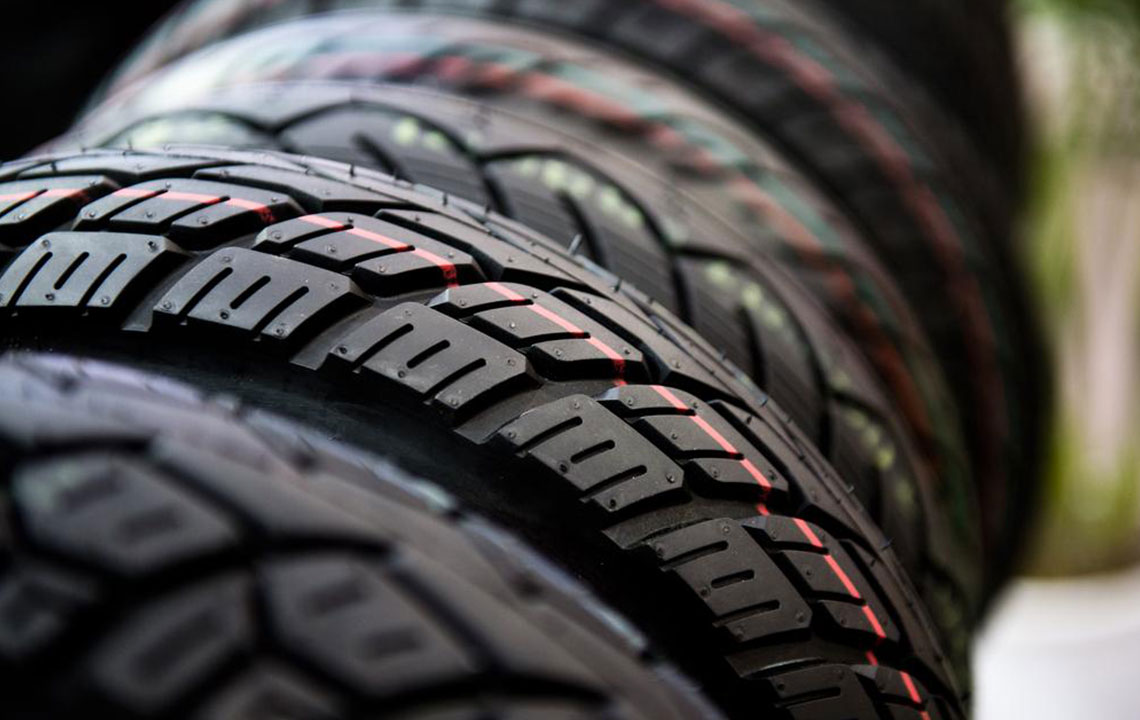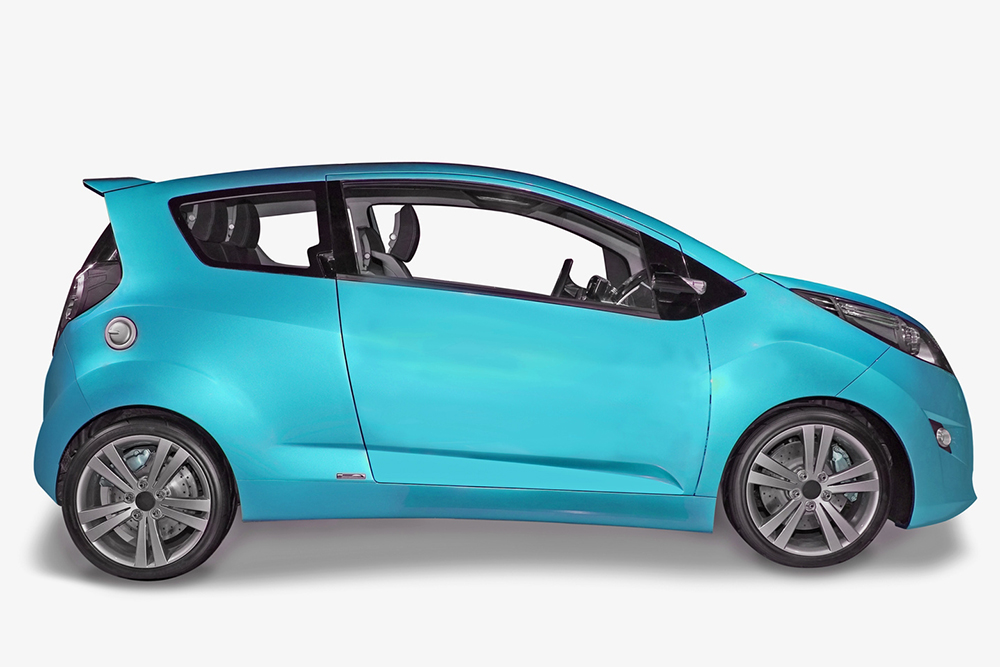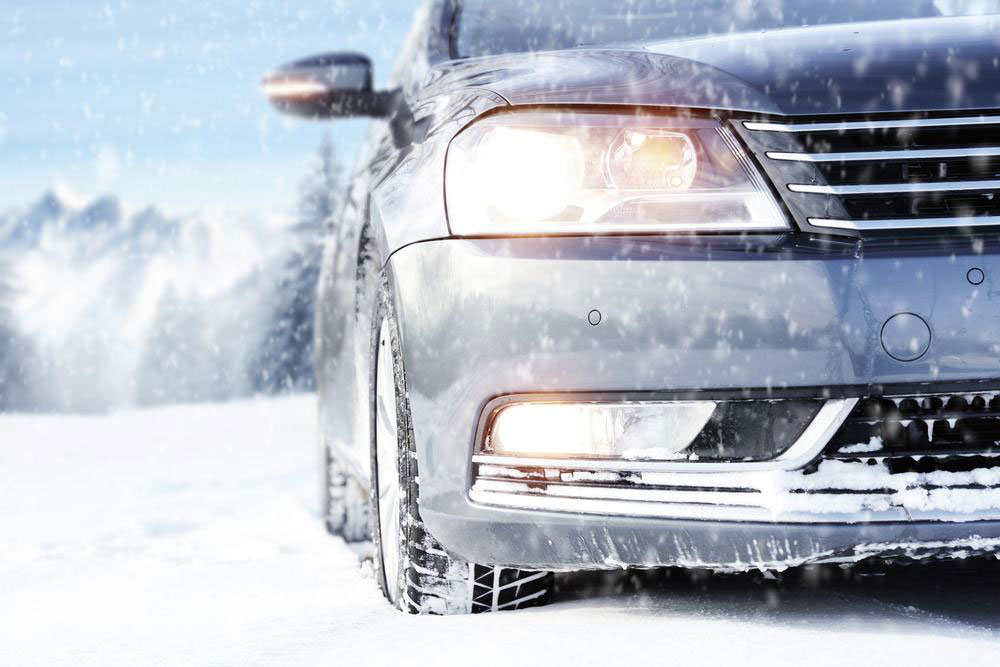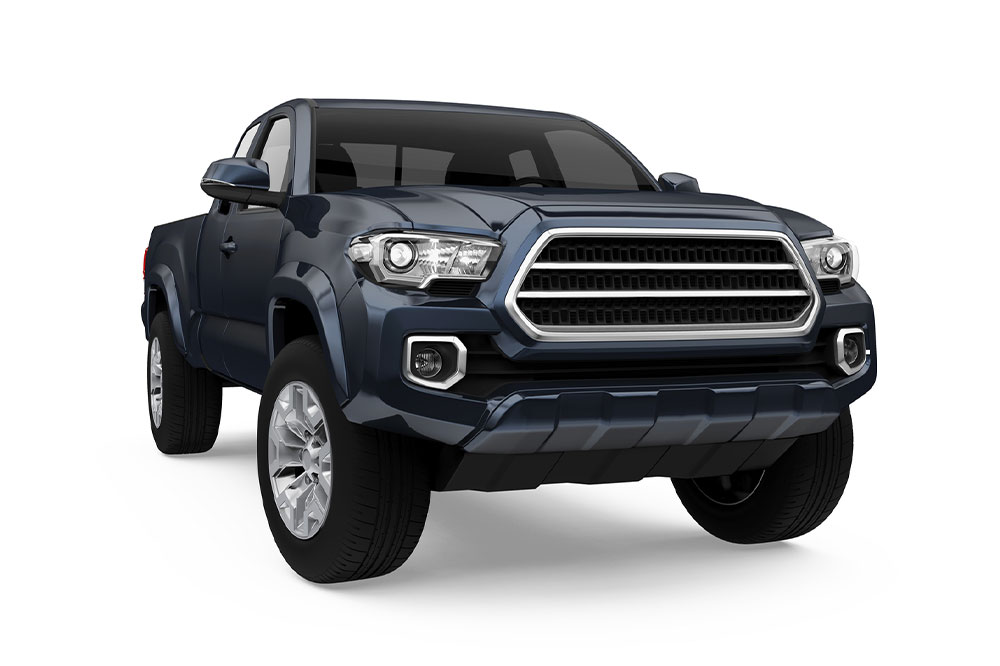Complete Guide to the Chevrolet HHR: Features and Insights
Explore the Chevrolet HHR in detail, including its history, design, performance, safety, and cost-efficiency. Discover why this retro-inspired wagon remains a popular choice for drivers seeking practicality combined with style. Learn about models, engine options, safety features, and affordability in this comprehensive guide to the Chevrolet HHR.
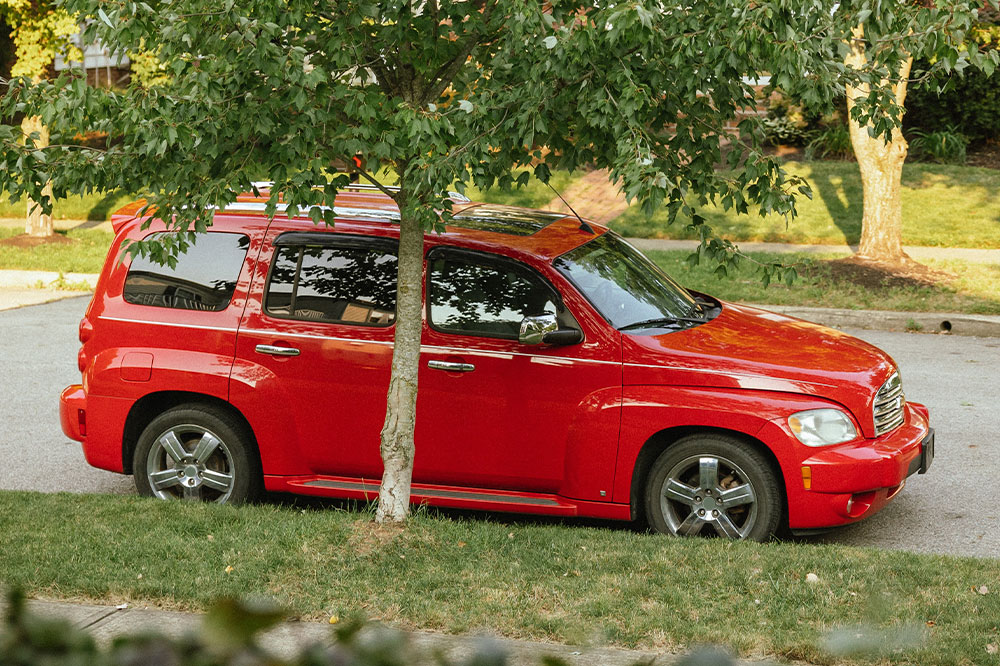
Complete Guide to the Chevrolet HHR: Features and Insights
The Chevrolet HHR is a popular classic vehicle renowned for its distinctive retro style combined with modern features. Designed by Bryan Nesbitt, this model stands out with its unique exterior, yet offers contemporary comforts. Standing for Heritage High Roof, the HHR is a spacious wagon that appeals to those seeking practicality and style. It offers a blend of vintage aesthetics and updated technology, making it a versatile choice in the compact wagon segment.
Historical Background
Introduced in the early 2000s, the Chevrolet HHR gained recognition as a reliable utility vehicle with sporty four-cylinder options and an elegant interior. Its unique panel-van version had rear doors without exterior handles, showcasing Chevrolet’s innovation, although it faced some criticism. To stay competitive, Chevy launched the sporty HHR SS, emphasizing performance and style amidst challenging economic times.
Designed for comfort, the Chevrolet HHR offers a quiet ride, ample cargo space, and a well-designed interior. Its high roof promotes spaciousness, especially in the rear seats. The dashboard features clear gauges and intuitive controls, while the interior’s simple plastics contribute to a practical aesthetic. The HHR’s upgraded SS trim aimed to attract performance enthusiasts but faced market challenges during its launch.
During its production, the HHR’s performance improved significantly with the introduction of turbocharged engines. The sporty SS and panel van variants featured a 2.0-liter turbocharged four-cylinder engine delivering 260 horsepower, enabling rapid acceleration—just 6.3 seconds from zero to sixty. Engine choices included 2.2- and 2.4-liter inline-4 options, offering combined fuel efficiency of around 25 mpg. Buyers could opt for manual or automatic transmissions.
Safety features are comprehensive, including anti-lock brakes, traction and stability control, side curtain airbags, and TeleAtlas OnStar system. The HHR earned a five-star safety rating in government crash tests and received favorable ratings from IIHS for frontal and side impacts, ensuring driver and passenger safety in various scenarios.
The starting price for a new Chevrolet HHR was approximately $19,720, but used models are more affordable. Maintenance costs are relatively low, averaging about $542 annually, making it a cost-effective option compared to many vehicles on the road. Available as a four-door hatchback or a two-seat panel van, the HHR remains a practical and stylish choice for compact wagon enthusiasts. Visit local dealerships to explore pre-owned options today.
Note: Our site provides diverse industry-related insights, but readers should verify details independently for accuracy and current offers. The content is for informational purposes and not a substitute for professional advice.


